Keep Penstemon Seeds In Cold Storage For 3 Months Before Sowing, Say Experts

PERENNIALS > PENSTEMON > SOWING
Reviewed By DAN ORI

Dan has over 27 years’ under his belt caring for plants and gardens. Working as a Horticultural Instructor and Consultant, he draws on a diverse range of experience that includes working as a Head Gardener, Tree Surgeon, Garden Centre Trouble Shooter, and writer of academic papers. Dan has a Level 3 Diploma in Horticulture and is currently a candidate for the RHS’s most prestigious award – The Master of Horticulture.
Contributions From EMILY CUPIT

Emily is a Gardening Writer, Photographer and Videographer from Derbyshire, UK. She is the Founder of Emily's Green Diary - a community of more than 75,000 people who share in her gardening journey.
IN THIS GUIDE
PENSTEMON GUIDES
Pruning
Sowing
Penstemon are not native to the UK, but can still be useful plants for native wildlife nonetheless.
Of course, they are also attractive flowering plants that can look wonderful in a range of settings.
If you would like to grow penstemon, the most usual approach is to purchase the plants in spring or early summer to place in your garden.
However, it is also possible to grow penstemon from seed.
To grow penstemon in this fashion:
- Collect or purchase the penstemon seeds and prepare them for better germination.
- Sow the seeds in spring, in a propagator at temperatures of around 15°C.
- Prick out the seedlings and pot on when they are large enough to handle.
- Plant out any time between March and October.
| Difficulty | Easy / Medium |
| Equipment Required | Seeds, seed tray or pots, growing medium, propagator |
1) Prepare Seeds
The first thing to think about is whether you are planning to collect seeds from an existing penstemon plant or you are going to buy some seeds.
If you are purchasing seeds, these may already have been stored for a while, and germination rates can be increased by this period of storage, which mimics the natural cycles of the plant.
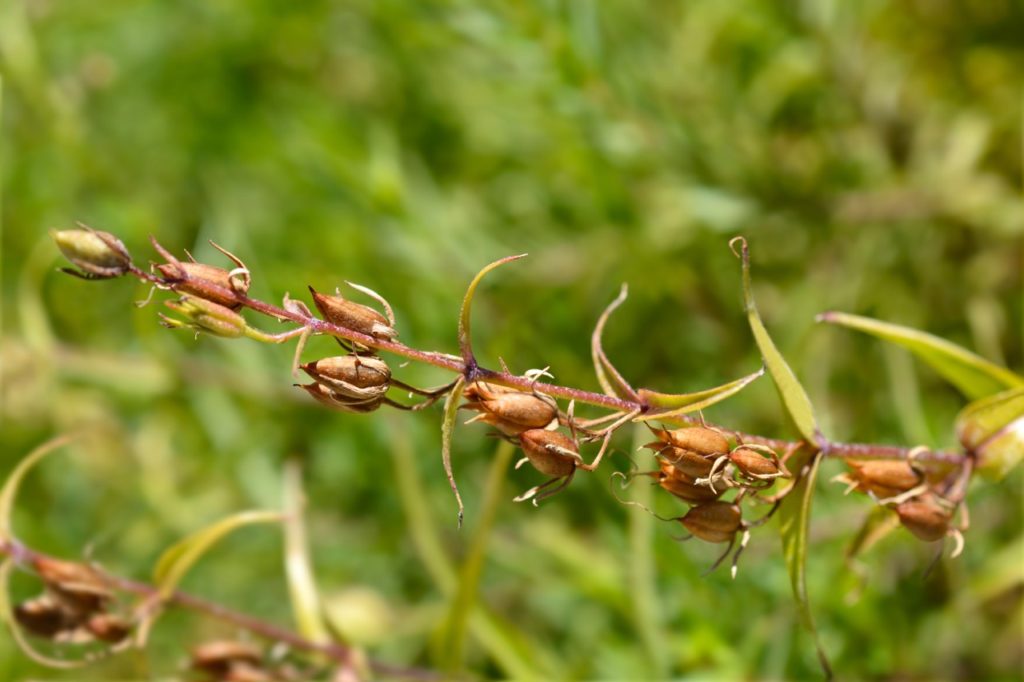
Hardier penstemon varieties can be directly sown where they are to grow as soon as they are collected from the plant.
However, you will usually get better results if you store the seeds in a cold location over winter.
A period of 3 months in cold temperatures can increase the germination rates with penstemon seeds.
“You can normally achieve this cold stratification by placing seeds in the fridge for a few months, but make sure they are kept free from moisture,” says Dan Ori, a Horticultural Consultant.
“One or two species will benefit from colder temperatures and you can place them in the freezer for 4-6 weeks, but I advise trying this with a few seeds first to check the type you have picked survives this deep freeze.”

You can also store the seed you collect for several years before planting, as this period of maturation may also improve germination rates.
With some varieties, scarification to remove the coating of the seed can sometimes be a good idea and can help break dormancy in trickier penstemon species.
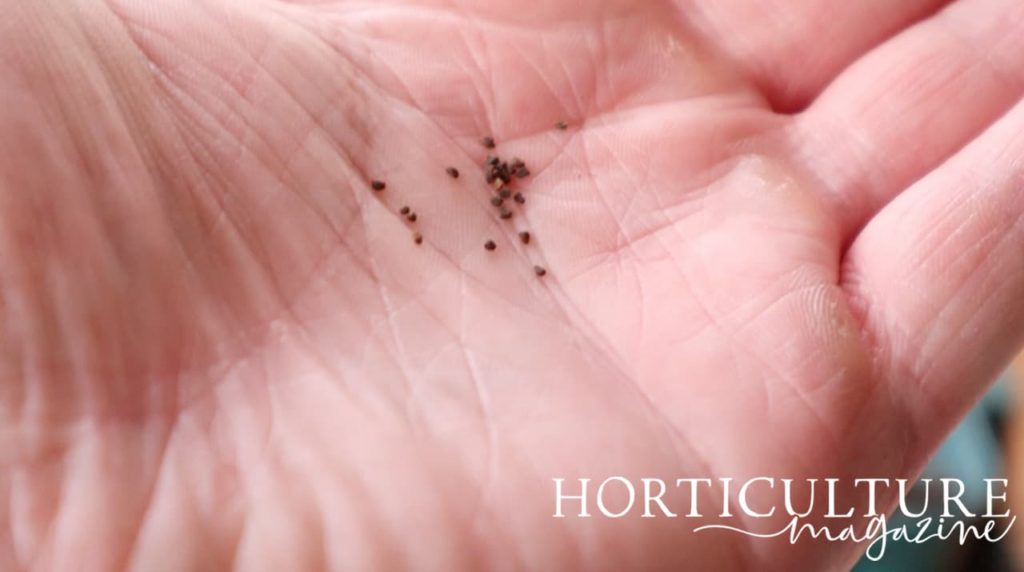
How complicated and challenging it is to grow penstemon from seed certainly depends greatly on which particular type and variety you are trying to grow.
2) Sow Penstemon & Cover Lightly
In the UK, it is best not to directly sow in autumn but rather to sow indoors during spring.
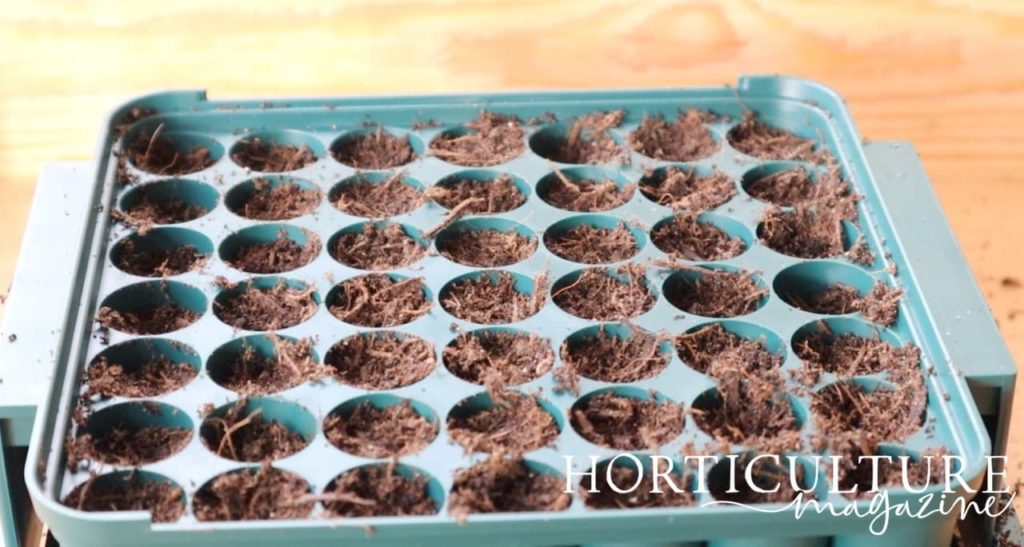
The best results will be achieved if, after cold stratification, the seeds are sown into trays in a propagator with the temperature set to 15°C.
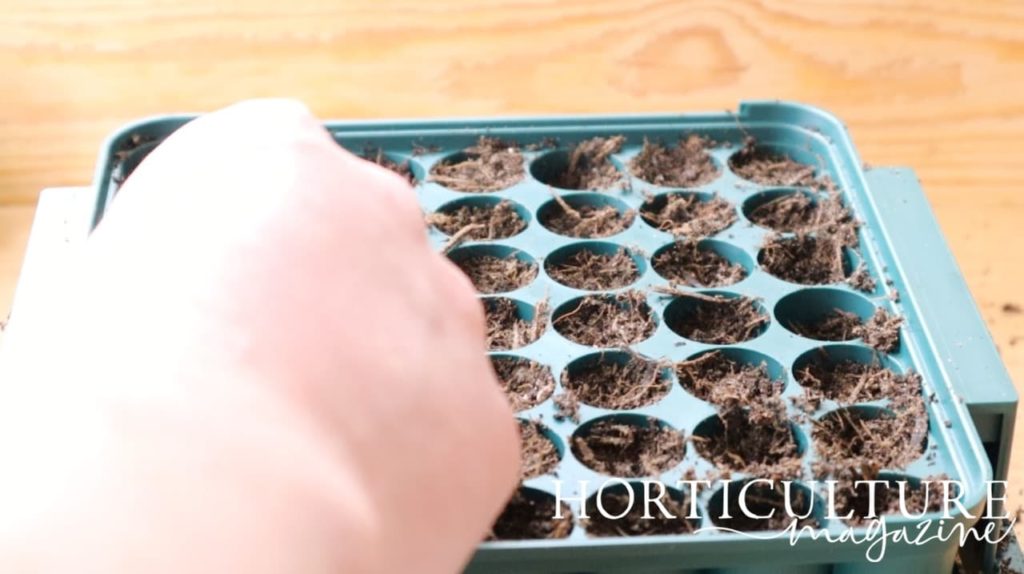
Scatter the seeds in the top of a seed tray filled with peat-free seed compost, then cover them over lightly with a little more compost on top.
3) Prick Out & Pot On
As soon as the leaves emerge and have grown a couple of pairs of true leaves, you should prick them out and pot them on into their own individual containers.
“Always handle seedlings by a leaf, not the stem, as young plants can grow new leaves if damaged but will rarely grow a new stem,” says Dan.
4) Harden Off Before Planting Out
Remember to harden off indoors grown plants to get them acclimatised to outdoor conditions.
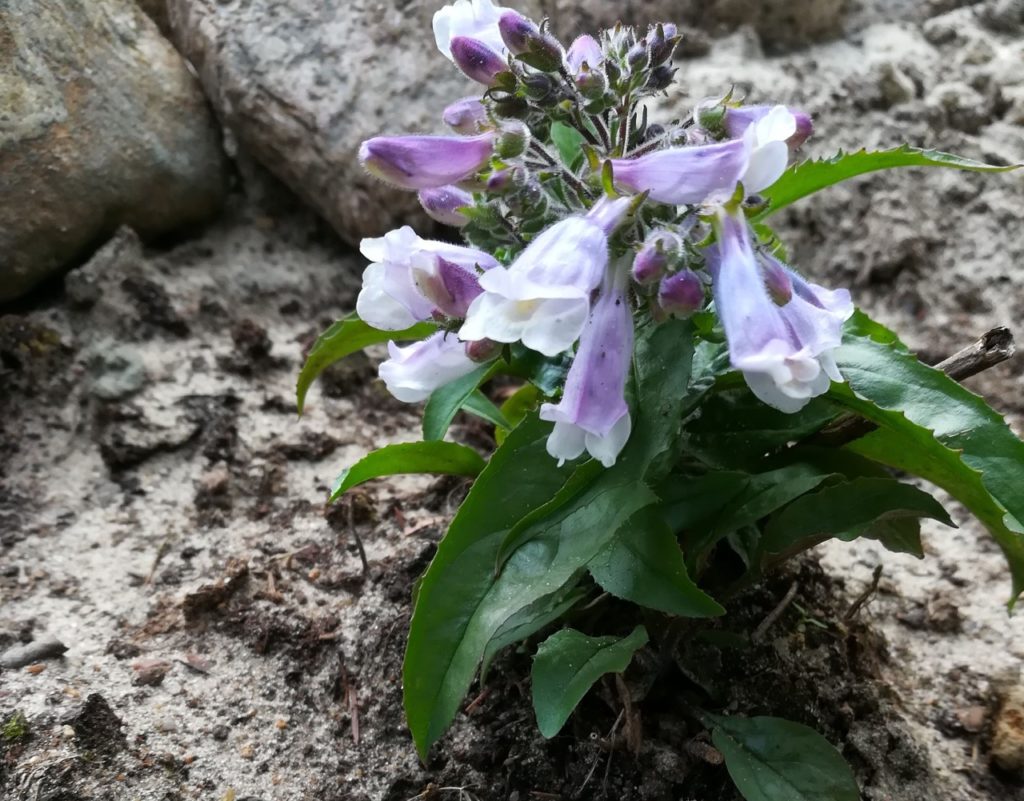
Then, you can plant the penstemon you have grown into your garden anytime between March and October – though I’d say spring is best.
If planting later in the year, it is crucial to stay on top of watering needs, especially during hot weather.

